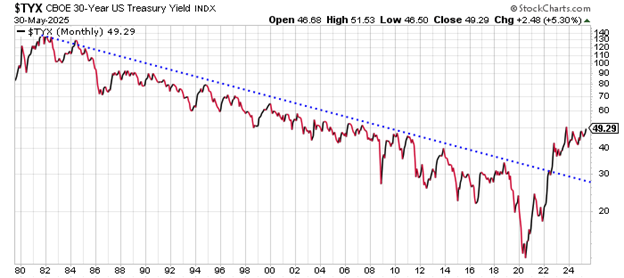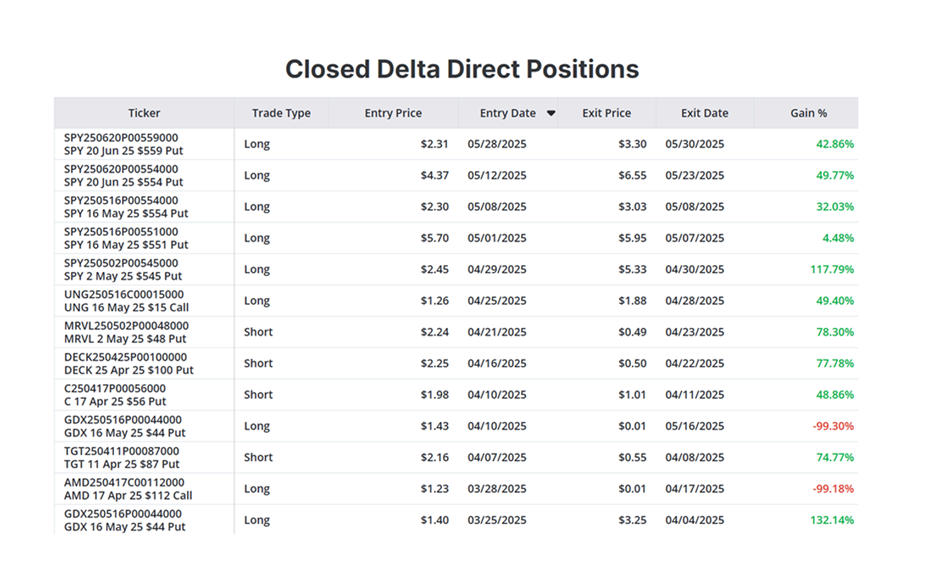The Ardennes Forest in southeastern France was supposed to be tank-proof…
That was the view of France’s military High Command, led by General Maurice Gamelin, in the lead up to World War II.
Marked by steep hills and ravines, thickly wooded, and crisscrossed by few roads, French military top brass couldn’t imagine Hitler’s highly mechanized army making it through.
So, they didn’t protect the area with the Maginot Line, the string of fortifications along the rest of France’s eastern border with Germany.
Even when French and Allied reconnaissance planes photographed German troop movements through the area in May 1940, Gamelin and his generals refused to believe it was Hitler’s main invasion force.
Instead of bombing the slow-moving German columns and finishing off the Nazis before they made it out of the woods, they left the area unprotected.
By the time German tanks emerged from the forest, on May 10, it was too late to mount an effective defense.
By June 14, Paris had fallen to the Germans. And the French army was knocked out of the war.
It’s one of the worst military blunders in history.
And it happened because France’s High Command refused to plan for the unexpected.
Instead, they clung to their fixed version of reality… despite mounting evidence to the contrary.
And the trap of rigid thinking isn’t just something military planners fall into. It’s also a trap millions of Americans are in right now. You may even be one of them.
And if my research is correct, it could carry a huge financial cost.
Markets have rebounded nicely since the “flash crash” we saw in April. But my research shows we’re in a long-term period of chaos and volatility.
That may sound scary to some. And if you’re purely a long-term investor, it will be a difficult time. But to traders like me, it’s a chance to make outsized gains.
As my long-term followers will know, 2008, 2020, and 2022 – three of the most devastating years for the average investor – turned out to be among the most lucrative years of my career.
I’ll get to how I’ve been able to turn volatility into profits in a moment. First, it’s important you understand why I believe why the increase in volatility we’ve seen this year is the new norm…
Chaotic Market Shock
If you don’t know me, I’ve been trading professionally for four decades.
I started my career managing money for wealthy folks in Silicon Valley. Then, after an unsuccessful “retirement” in my early 40s, I began sharing my trade recommendations with folks like you.
I’ve had a ringside seat to some of the most extreme markets in living memory.
The 1987 “Black Monday” crash… the 2000 dot-com bust… the 2008 global financial crisis… the Covid crash and boom in 2020 and the subsequent tech-bust in 2022 – I’ve seen it all.
Over that time, I’ve given my subscribers the chance to profit on well over 1,000 different winning trades.
And most of them were during periods when the stock market was filled with chaos and volatility.
I don’t say this to brag. I’m bringing it up so you know I’m speaking from experience when I tell you that I see a LOT more market volatility in 2025 and beyond.
In fact, I believe millions of people are about to be caught in the crosshairs of a chaotic market shock.
There are many reasons for this.
We live in a world where a single tweet can send the markets into a frenzy…
You’ve got economic and trade policies being proposed, implemented, and rescinded that are completely different from decades past…
And you have the reshuffling of the global economy on a scale we haven’t seen in modern history…
But as unsettling as these factors are, what concerns me the most is encapsulated in the following chart.

What you’re looking at is the yield on the 30-year Treasury bond.
As you can see, it peaked at about 14% in 1982.
That coincided with one the bull market on Wall Street that kicked off on Wall Street under President Reagan’s watch.
The Dow rose from 776 to 2,722 points by August 1987 — a 250% gain in five years. And that bull run continued, with brief pauses, through the 1990s. You could even argue that it lasted until the dot-com crash in 2000.
Long-term yields then fell for the next 40 years – hitting a low of 0.4% during the COVID crisis in 2020.
And over that time, the Dow gained about 3,700%
But look at what has happened in the last three years. The 30-year yield broke out above a 40-year declining resistance line (blue dotted line on the chart).
That’s a clear “regime change” for yields.
And that’s a big deal…
Borrowing Costs Are Shooting Higher
Long-term bond yields are 60% higher today than they were in 2022.
And they’re 1,100% higher than they were in 2020.
In other words, long-term borrowing costs are 11 times greater today than they were five years ago.
Most folks, most companies, and most governments manage their debt by taking out new loans to pay off older debt as it matures.
And for the past 40 years we’ve been able to do this at perpetually lower interest rates. This allowed us to borrow even more money without incurring larger debt payments.
People could buy bigger homes. Companies could pay premium prices to buy out competitors or buy back their own shares. Governments could spend money recklessly without feeling the pinch of fiscal budget restraints.
There were no consequences to borrowing money. Dick Cheney was right: Deficits didn’t matter.
Now, with long-term yields hitting the highest level in 20 years, it costs more to borrow money. And borrowers must refinance maturing debt at higher rates.
Nobody is refinancing their mortgage anymore and taking out a pile of cash to spend on their lavish lifestyles. Companies can’t borrow cheap money to buy back expensive shares.
It’s a complete regime change when it comes to the cost of credit. And… the economy runs on credit.
This is troubling when it comes to the government’s borrowing costs.
Washington – with $9 trillion of its $36 trillion national debt due to mature in 2025 – for lack of a better word… is screwed.
All of that debt will be refinanced at higher interest rates.
Potentially Devastating Market Event
Of course, many younger folks – even some adults who should know better – still believe deficits don’t matter.
They’ll say: “The national debt has grown from $1 trillion in 1982 to almost $37 trillion today. Nothing bad has happened. What’s different this time?”
Take another look at the chart above. The difference couldn’t be clearer.
The next big downturn could be the most volatile… chaotic… and potentially devasting market event of our lifetimes.
But if you’re set up to take advantage of the Age of Chaos… you’ll come out ahead.
That’s what I’ve been doing over the past few months of surging volatility.
Here are the trades I’ve recommended at my live trading blog, Delta Direct, going back to the end of March.

Out of 13 trades, 11 were profitable and all but one were double-digit winners. The two losers only gave up a little more than a dollar in option premium per contract.
That’s why, on Wednesday, June 11 at 10 a.m. ET, I’ll be sharing the strategy I’ve used to make these gains in exactly this kind of market.
Register right here to hear what I have to say. It might be the best financial move of your life.
Best regards and good trading,

Jeff Clark
Editor, Market Minute
P.S. In the meantime… if you register for the event and sign up for VIP alerts, you’ll get access to my Delta Direct service for free until June 12.
I’ve never unlocked this benefit before. You can peek behind the hood to see how I make my trades – and possibly make a few yourself…
11 of my 19 winning trades I’ve made in the past two months have come out of Delta Direct. Here’s that link again to register here.
Free Trading Resources
Have you checked out Jeff’s free trading resources on his website? It contains a selection of special reports, training videos, and a full trading glossary to help kickstart your trading career – at zero cost to you. Just click here to check it out.
